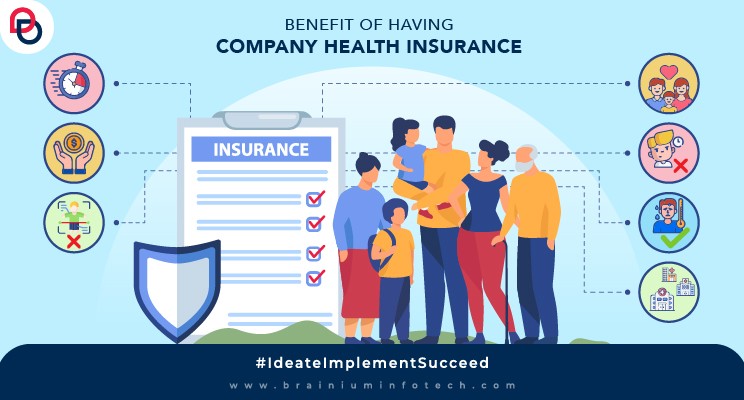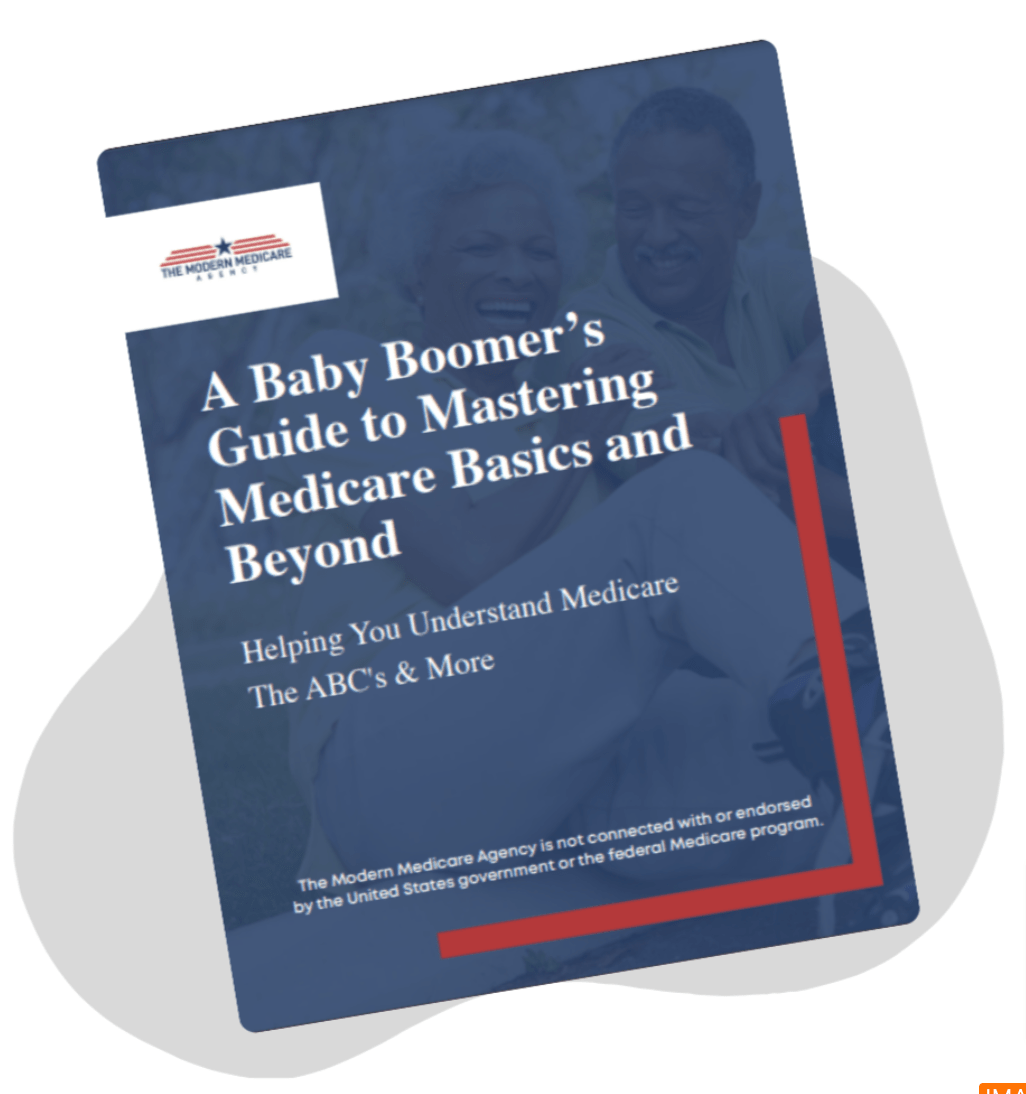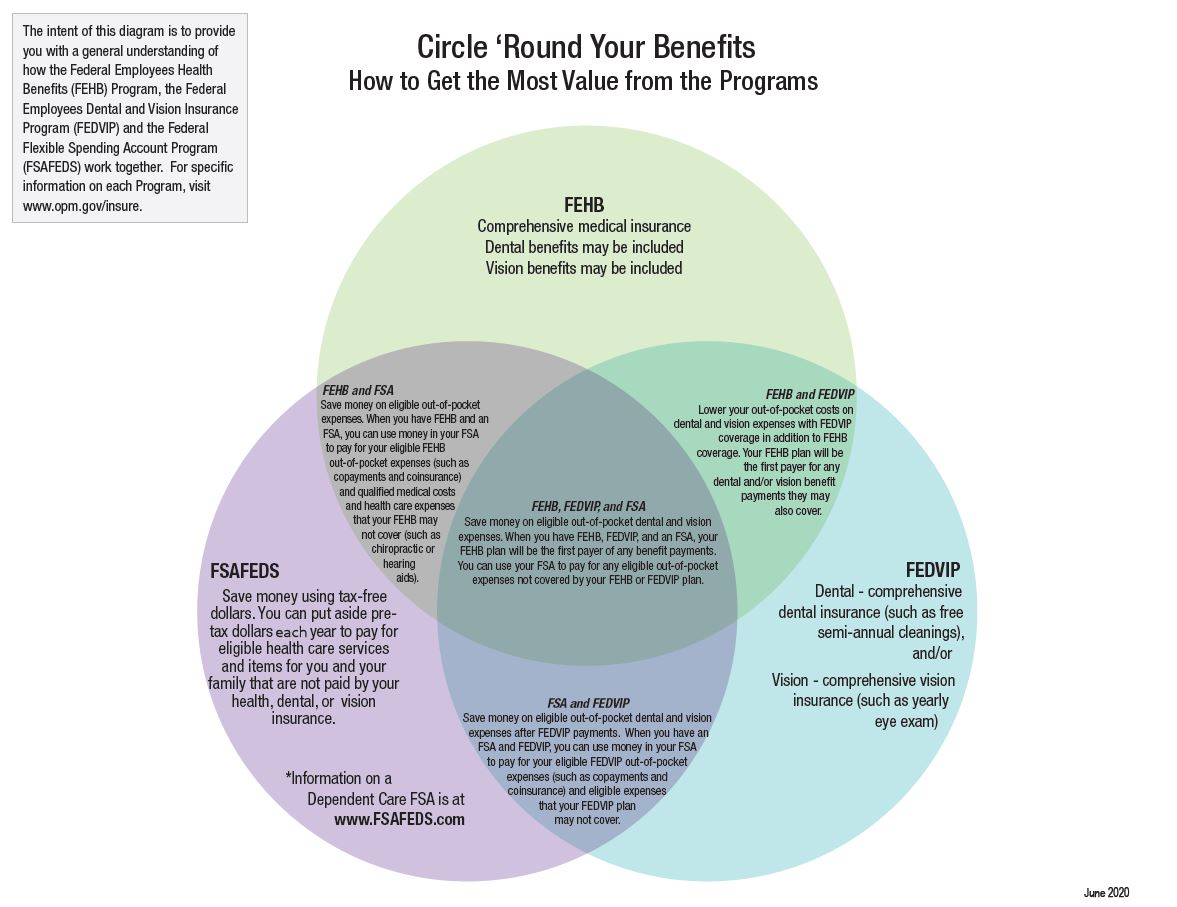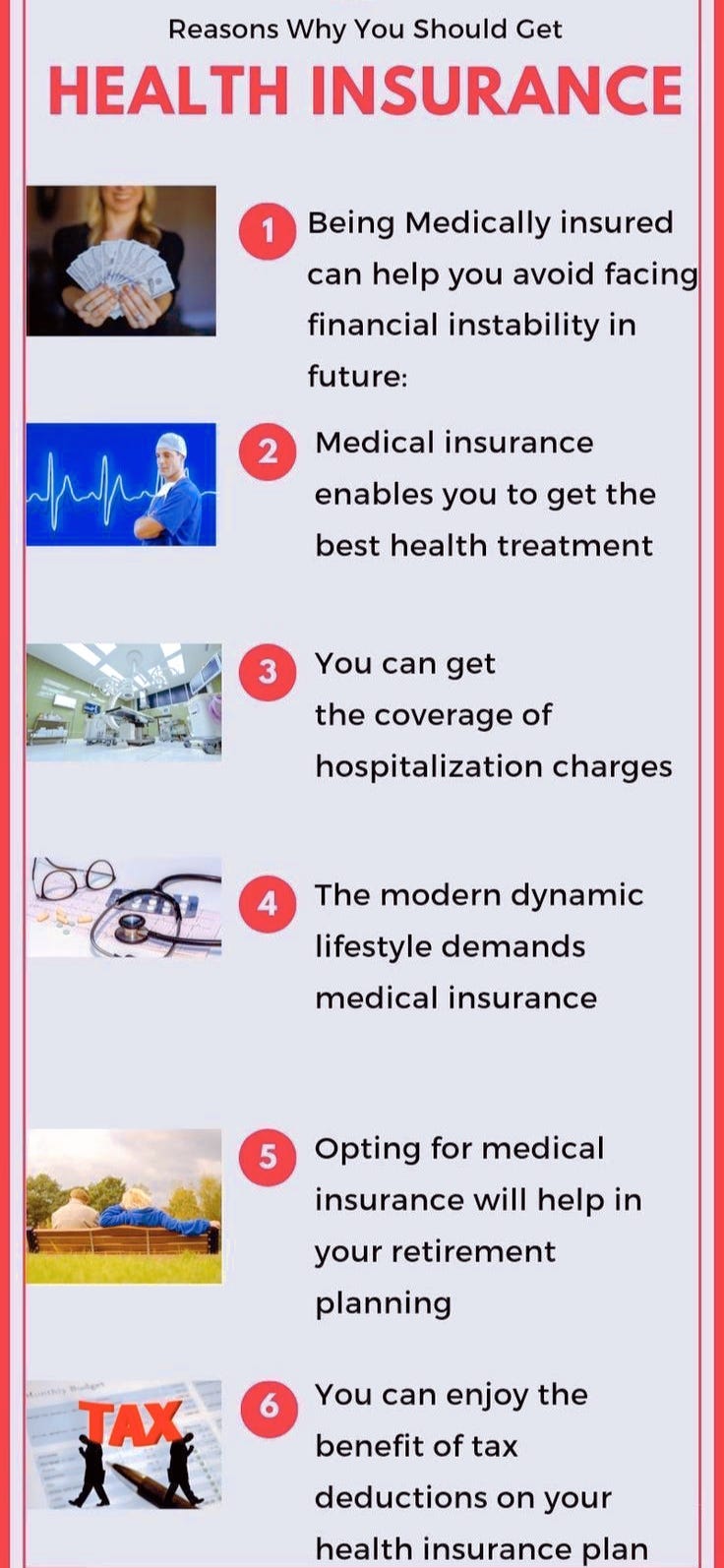Medicare Advantage Agent - An Overview
Medicare Advantage Agent - An Overview
Blog Article
The Ultimate Guide To Medicare Advantage Agent
Table of ContentsMedicare Advantage Agent for BeginnersWhat Does Medicare Advantage Agent Do?The Ultimate Guide To Medicare Advantage Agent


follows from complies with the relatively young reasonably profile of account uninsured with without insurance better health, wellness average, standard younger persons. For those without access to office health and wellness insurance, bad health and wellness is a potential obstacle to purchasing nongroup protection since such coverage might be highly valued, omit preexisting problems, or be simply unavailable. Unless or else noted, national estimates of people without health and wellness insurance policy and proportions of the populace with different kinds of coverage are based on the CPS, the most extensively utilized source of estimates of insurance policy protection and uninsurance rates.

The Buzz on Medicare Advantage Agent
The connection between health and wellness insurance and access to care is well established, as recorded later in this phase. The connection between wellness insurance and wellness end results is neither straight nor basic, a comprehensive medical and health services research literature links wellness insurance coverage
to improved enhanced accessibility care, better much betterHigh quality and improved personal and population populace status. The second record, on personal health and wellness end results for uninsured adults, is stood for by the innermost circle of the figure, while the third report, on family members health, includes the subjects of the 2nd report however stresses a various device of evaluation, particularly, the family.
It concentrates specifically on those without any type of health insurance for any length of time. The problems faced by the underinsured are in some respects comparable to those dealt with by the uninsured, although they are typically less severe. Uninsurance and underinsurance, however, include definitely different plan issues, and the methods for addressing them may vary. Throughout this study and the 5 reports to follow, the main emphasis gets on individuals without any wellness insurance policy and therefore no support in paying for wellness treatment beyond what is available via charity and security internet establishments. Health insurance is a powerful variable affecting invoice of care since both patients and doctors reply to the out-of-pocket cost of solutions. Health and wellness insurance, nevertheless, is neither essential nor enough to get to medical services. Nonetheless, the independent and straight result of health
insurance protection on accessibility to health services is well developed. Others will certainly acquire the healthcare they require even site web without health and wellness insurance, by paying for it expense or seeking it from suppliers who supply treatment cost-free or at highly subsidized rates. For still others, medical insurance alone does not ensure receipt of care because of other nonfinancial barriers, such as a lack of wellness treatment companies in their neighborhood, restricted accessibility to transportation, illiteracy, or etymological and cultural distinctions. Formal research study about without insurance populations in the United States dates to the late 1920s and early 1930s when the Board on the link Expense of Treatment produced a collection of records regarding funding physician workplace gos to and hospital stays. This concern became significant as the numbers of clinically indigent climbed throughout the Great Depression. Empirical studies constantly support the link in between access to care and boosted health and wellness outcomes(Bindman et al., 1995; Starfield, 1995 ). Having a regular source of treatment can be thought about a predictor of access, as opposed to a straight step of it, when health and wellness results are themselves used as gain access to indicators. This extension of the idea of access dimension was made by the IOM Committee on Monitoring Access to Personal Health And Wellness Care Solutions(Millman, 1993, p. Whether moms Clicking Here and dads are guaranteed shows up to influence whether or not their kids get treatment as well as just how much careeven if the children themselves have coverage(Hanson, 1998). The health and wellness of moms and dads can impact their capability to look after their youngsters and the degree of family stress and anxiety. Fretting regarding their kids's accessibility to care is itself a resource of stress and anxiety for parents. Three phases comply with in this record. Phase 2 gives a summary of how employment-based health and wellness insurance policy, public programs and private insurance plan operate and engage to supply comprehensive yet incomplete insurance coverage of the united state populace. This consists of a testimonial of historic trends and public laws influencing both public and exclusive insurance, a discussion of the communications amongst the different sorts of insurance policy, and an assessment of why people move from one program to one more or end up

Report this page